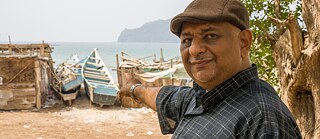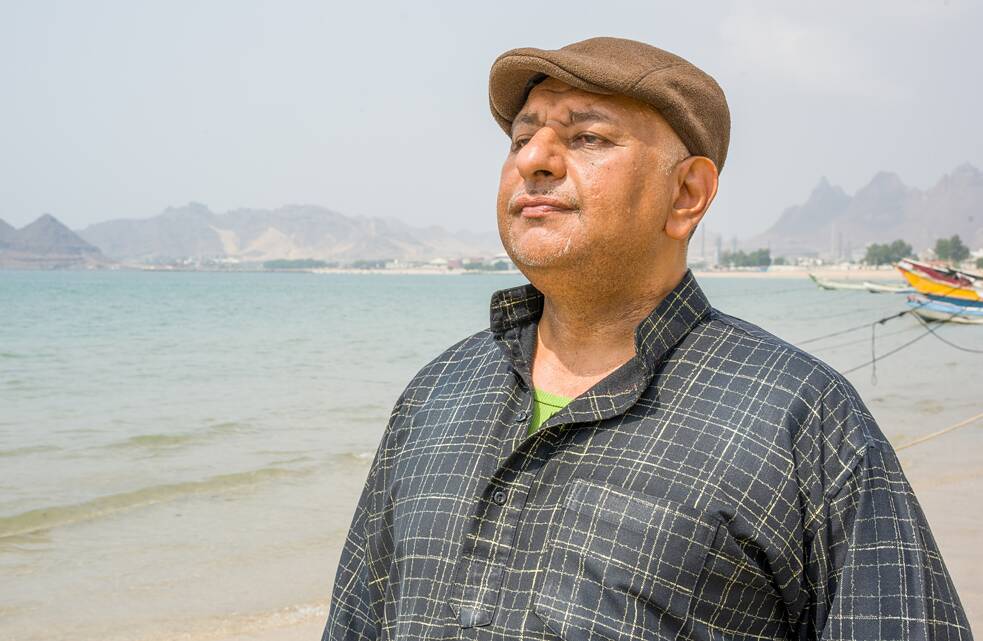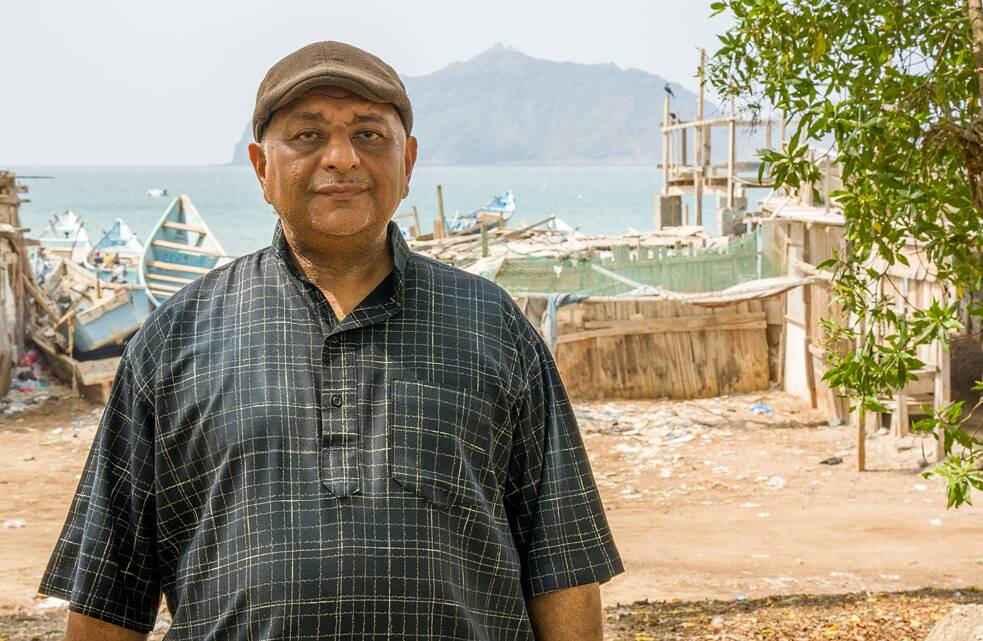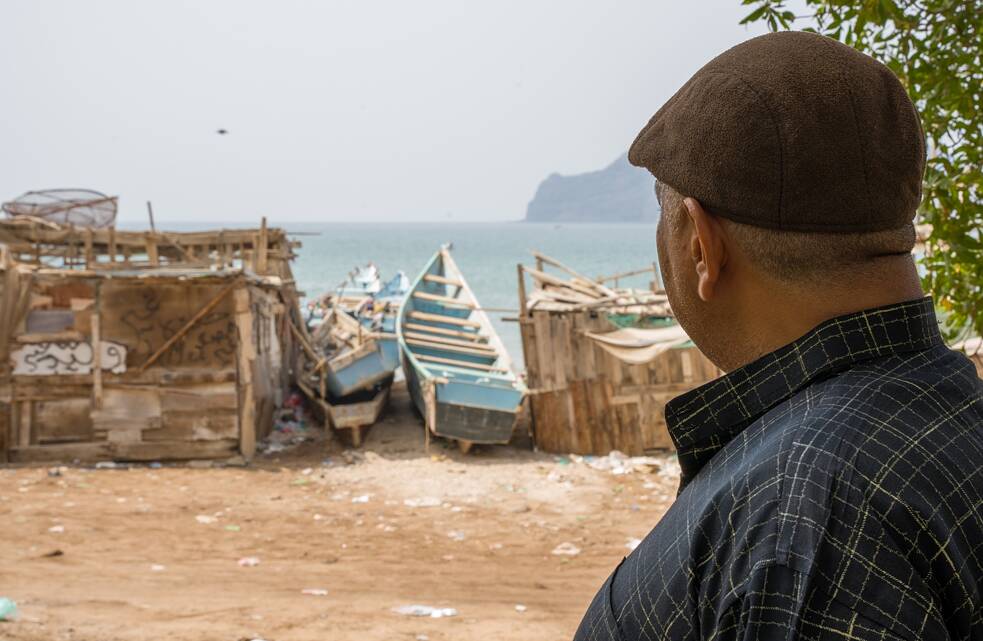Some encounters shape a lifetime – for Kareem Hassan Mongy, it was his first meeting with the Port of Al-Maala in Aden. In the colors of the containers, the sounds of docking ships, and the bustling energy of the workers, he discovered a world that instantly captivated him. Over decades, the port has transformed, growing and shrinking, much like Kareem himself. Yet, the memories of its pulsing heart, shimmering lights, and vibrant life remain — a lasting reflection of his connection to home.
It was love at first sight. In fact, it may have even preceded that.But for my 14-year-old self, stepping foot on the quay of Al-Maala’s harbour in Aden for the very first time in 1986, I was instantly smitten. The multi-coloured containers neatly stacked atop magnanimous ships docking at the port were an enchanting sight. It was akin to a mosaic of its own nature, a frameless painting against the backdrop of the limitless skies meeting an endless sea. The workers’ hustle and bustle against the quietness of the offices, the echoing horns of ships against the squeals of seagulls and the clapping of waves, the smell of sea and the odour of ships’ smoke against the clutter of metal and whisper of the breeze - it was an eruption of life that engulfed me instantly. This is a world I had only pictured in my wildest imaginations as a kid, was finally meeting as a young man, and it was to shape my life all through my ageing years.
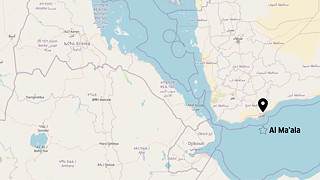
In between construction work, I’d stand up to wipe the beads of sweat falling down my forehead and blurring my vision, watching in awe as another ship came in. The vessel’s deafening horns would often attract the attention of other workers, who were mostly as young as I was, and they too would look up. Together we’d stand in silence, taking in the sight, paying respect to the massive visitor arriving to our shores. And I’d wonder, what fills up these colourful containers carefully stacked on board the ship?
Soon enough, we find out. Word would spread of the origin of the ship, what’s on board, and whether some of that load will be staying behind, or bits of Yemen would get on board.
And as the content gets loaded or offloaded from the ship, of fresh fruits and produce, juices and beans, we are the very first people to get a taste of the treasures it carries or will carry. An unspoken rule gave workers at the port the access to as much of the goods and bounties of the arriving ships, to eat as much as we would like. But like with Adam and Eve, there was a rule about being in heaven: we could not take any of these bounties beyond the boundaries of its walls.
After filling up on the treasures of the ships, we return to work: loading the bricks, mixing the cement, laying them out, erecting walls, and paving floors. Over the days, weeks and months, I contributed to building a small mosque, a lounge for workers, and other parts of the port. Over the days, weeks and months, this had made the port more like a home. My handprints were left on its walls. I was forever ingrained in its buildings, and it is forever ingrained in my heart.
And so when my days as a labourer at the port were up, I parted it with a heavy heart. I had not had the chance to explore the tourists’ quay, which is dubbed “Prince of Wales’ quay”. My uncle had told me that section was called as such because its construction in 1919 was ordered by the then ruler of Yemen, Prince Edward, son of King George V, who was the Prince of Wales. According to my uncle, that part was different from the rest of the harbour. It had its own feel which I wanted to explore. In a harbour I had gotten very accustomed to, this was a section that maintained a mystery..
The years went by. I grew older and so did my longing for the port, and my curiosity about that part of it. For four years, I worked elsewhere, but my heart and senses were locked to the port. My ears were tuned to the horns of its ships. Too often I’d hear their calling no matter where I was in Sanaa, and instinctively, I’d visualise the mosaics atop the ship, and wonder where it had come from, and the good it brought.
The tourists’ cruises and yachts stopping here were not like the vessels I had gotten seen. These did not blow horns or had colourful, carefully-arranged containers. But they brought in colour of a different kind: people from various nationalities, with their diverse languages and cultures, and music, which were often played by bands accompanying tourists who got off their cruises to enjoy a rest on Yemeni shores, inhaling Yemen’s aura and air.
The port never ceased to live, and it never ceased to amaze me.
But as I aged and changed, so did the port. Soon, other competing ports emerged, and political agreements between Yemen’s post-unification government and regional players saw the sidelining of the Al-Maala harbour. Then wars drove away tourists and put off merchants and shipments.
The port stopped echoing those sounds that reflect the abundance of movement. The place which did not sleep and the restless dock became an icon of seclusion and quietness in broad daylight. Workers’ promptness in showing up to work is no longer the case, their ambitions and eagerness replaced by despair and uninterest. The tools in the port’s workshop have grown dusty and rusty. The winds bringing in tourists accompanied by the words of thousands of cultures have become polluted with sewage and waste.
I have grown old and the port has grown old with me. It died and remained alive in my memory forever.
This article is published in collaboration with Egab.
October 2024
